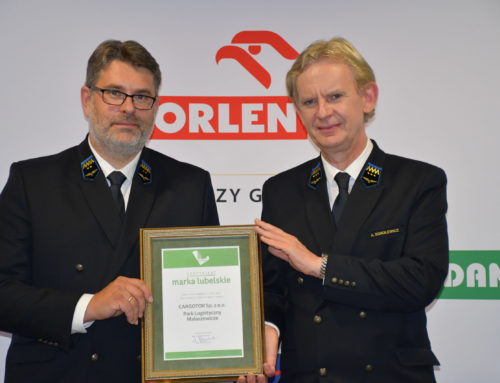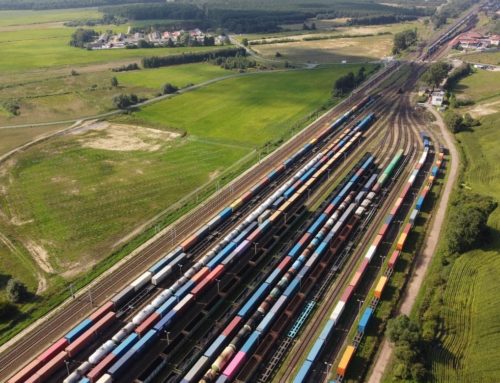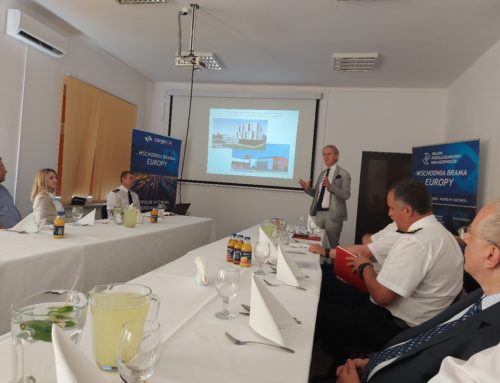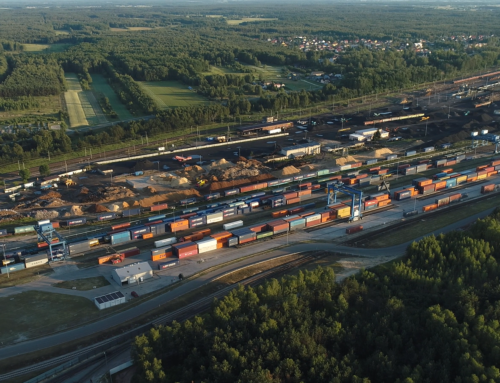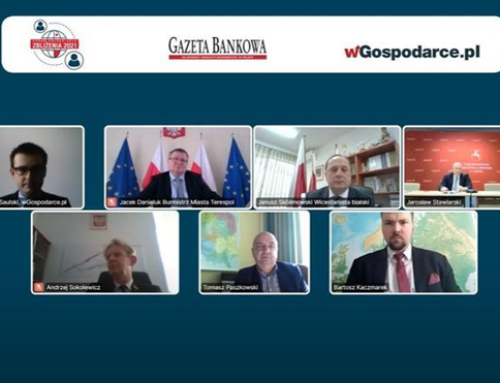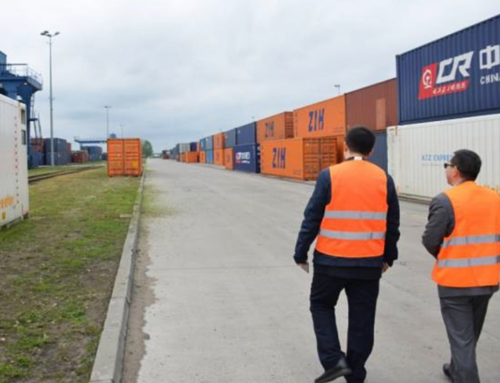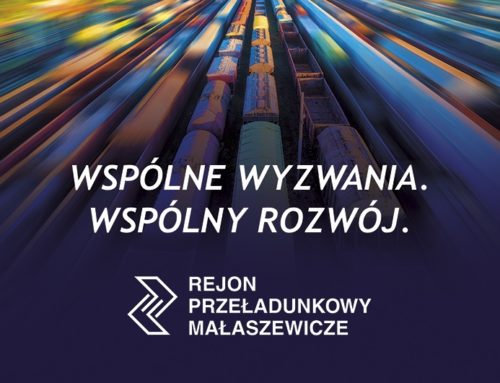Europe’s largest logistic park planned in Małaszewicze will handle the major part of trade between Chia and European Union.
An interview with Mr. Andrzej Sokolewicz, CARGOTOR CEO, for Gazeta Prawna.
The Małaszewicze Logistic Park concept is among Poland’s most important development projects now. It means that Poland will be crossed by the New Silk Road – the main trade route to link EU and Asia.
The intense exchange of goods between Asia and Europe entails the need to improve the throughput capacity of the New Silk Road transport network, so as to maximise the efficiency of imports and exports. The carriage of goods by railway by Asia and Europe is estimated to double within the nearest decade, from ca. 325,000 TEU in 2018 to ca. 650,000 TEU. Most freights would pass through Małaszewicze, to proceed to the ports of Gdynia, Gdańsk and Szczecin, or follow the land route (by railway or road), to EU countries and, certainly, in the opposite direction, to Russia, Ukraine, Kazakhstan and further. To sum it up, the vision of the New Silk Road, which has become one of the most important economic initiatives of both China and Poland, creates a great potential for our country – particularly in the context of cargo transports. Małaszewicze may become the most modern transshipment hub in Europe, covering 30 km2 of land and playing a key role in the intermodal transport between Asia and the Old Continent. It should be mentioned that Małaszewicze Logistic Park may also provide important support to cargo handling operations for Rail Baltica – an element of the trans-European transport corridor linking Hungary and Slovakia with Baltic ports. Rail Baltica is one of the Trans-European Transport Networks (TEN-T) priority Project.
Małaszewicze Terminal is one of the most important points on the railway map of Poland even today. You have mentioned that this project will turn the place into Europe’s largest logistic centre.
What project are we talking about?
CARGOTOR, responsible for the strategic management of the railway infrastructure at Małaszewicze Terminal, has been tasked with a clear goal – to increase the throughput capacity from the current 12-13 pairs of trains per 24 hours, on the 1520 mm wide track, up to 55 pairs of trains! This is adequate to the forecasted trade growth. Therefore, we are planning to change everything here – e.g. replace the rail systems, implement new railway traffic control systems, eliminate heavy road traffic from this area and redirect it to the planned northern motorway. Important modernisation elements include, although are not limited to increasing the train traffic speed up to 40 km/h and the maximum ale load to 245 kN, as well as implementing a modern rail traffic control system. The modernisation will enable the increased throughput capacity of the Terespol – Brześć railway border crossing, by transferring the customs clearance procedure to the Kobylany station, which will be modernised to receive trains up to 1050 m of length. The scale is impressive – there are 690 million Euro on the table – this is the estimated project value.
It is a truly massive project. How do you see its feasibility from Cargotor’s point of view?
This is a good question. It is worth remembering that Polish borders are EU borders at the same time, they are European Union’s gate to the East. The quality of trade flow service here determines efficient operation of big corporations and millions of clients in Europe. It is not surprising, therefore, that we are working in good company. Let us bear in mind that in May, Terespol and Małaszewicze were visited by Ms Catheriene Trautmann, the EU representative and European co-ordinator of the North Sea – Baltic Sea TEN-T Core Network and in June – by Mr François Davenne, Director General of UIC – the International Union of Railways. CARGOTOR is provided the Government support from 4 ministries: the Ministry of Infrastructure, the Ministry of Development Funds and Regional Policy, the Ministry of Foreign Affairs and the Ministry of Finance, therefore as CEO I am confident that the project will be successful. We talked to representatives of the Polish State Railways many times. This undertaking is a great opportunity for Poland and it is also a matter of the EU trade security. Therefore, a coalition is needed, specialist and financial co-operation. I am sure that working together, we shall develop a solution for the Małaszewicze Logistic Park.
How will the local area benefit from the project?
The plans to significantly intensify the trade between China and EU are exceptional. It is a great opportunity for Poland, but also for the region. It is a chance to turn Małaszewicze into Europe’s largest logistic park that will handle a major part of trade between China and the European Union.
Locally, this will translate into new jobs and will stop young people migrating to cities. Possibly, it will also attract specialists from other regions of Poland or EU. This is why it was one of my first decisions as CEO of CARGOTOR, to set up a grant fund for the students of Stanisław Reymont Railway School in Małaszewicze, to support the source of human resources for the Logistic Park. Today, 160 people are employed in CARGOTOR, but this number will have to triple in order to secure efficient operation of Małaszewicze Logistic Park.
We also believe that the region will attract many companies from the TSL sector, to handle this intense traffic. We do hope that this will be the case and that local administration will gain additional money from taxes.
The successful development of Małaszewicze Logistic Park is a civilisational chance for the region. No one has defined the difference between the centre and the periphery better than Immanuel Wallerstein, my favoured scientist, an economist. If we do not want Małaszewicze to remain peripheral to the European Union for the next 100 years, the Logistic Park HAS to be buit.

